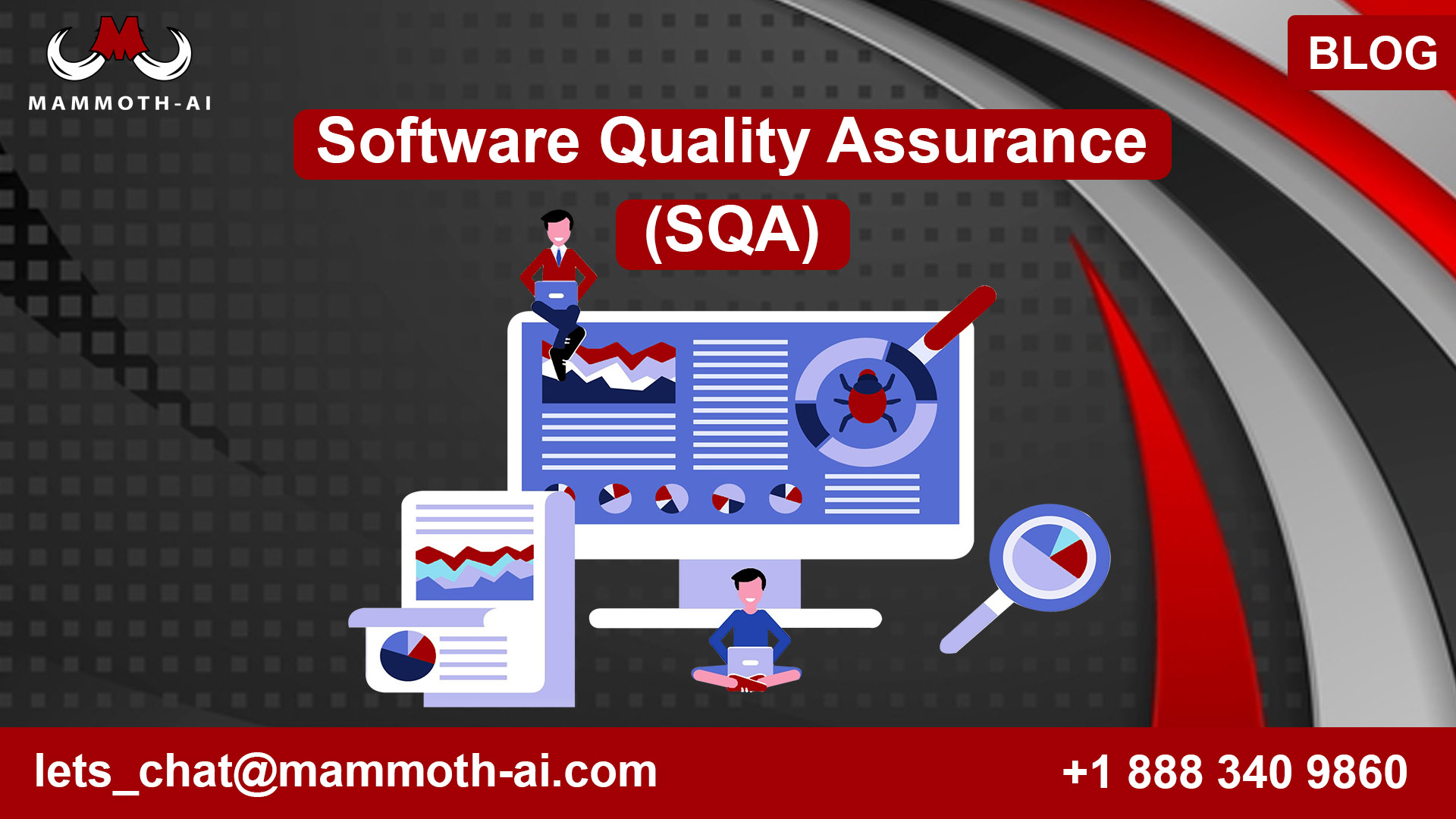On a higher level, software quality assurance (SQA) appears to refer to the assessment of software based on particular characteristics such as functionality, performance, adaptability, and so on.
Software quality assurance, on the other hand, encompasses not just the software itself, but also the development, testing, and release processes.
What is Software Quality Assurance?
Software Quality Assurance (SQA) refers to the process of monitoring software engineering methods and processes in order to ensure the quality of released software. SQA encompasses the requirements management, software design, coding, testing, and release management phases of the software development lifecycle.
Quality attributes of a software
A Software can be judged for quality on the basis of the following six characteristics:
Functionality
The set of functions that the software provides is referred to as the software’s functionality. The software must provide the relevant functions in accordance with the specifications, and these functions must be correctly implemented.
The program should have interoperability, which refers to how well it interacts with other system components. It must adhere to all applicable rules and regulations. Data-related transactions should be handled safely by the software.
Reliability
The software’s reliability is defined as its capacity to execute under particular conditions for a set period of time. It also pertains to the software’s capacity to survive component failures.
The software’s reliability is determined by its Maturity, or the frequency with which it fails, and Recoverability, or the software’s ability to recover from a failure.
Usability
The software’s usability refers to how easy it is to use. It also relates to how simple it is for a user to comprehend the software’s functionalities and how much work is required of the user to comprehend the functions.
Efficiency
The efficiency of the software is dependent on its architecture and coding practices followed during development.
Maintainability
The readability and complexity of the code determine the software’s maintainability. It also refers to the ability to detect and correct a software flaw.
The software is evaluated based on the ease with which the main cause of failure can be identified and the ease with which the code can be modified to correct a flaw. When the adjustments are done, the performance should be stable.
The system’s testability, or how much effort is required to test it, is also a factor in its maintainability.
Portability
The ability of software to adapt to changes in its environment is referred to as portability. It specifies how easily a system can adapt to changes in the requirements. It also considers how simple it is to install software and how simple it is to replace a system component in a particular setting.
The following software quality assurance components are required to ensure that a software meets certain quality attributes.
Software Quality Assurance Components
The software quality assurance has the following six classes of components:
Pre-project Components
The pre-project components make certain that the project’s resources, timetable, and budget are all well stated. A detailed development and quality assurance plan has been established. The following are the components:
- Plan for growth
- Schedules for high-quality plans
- Resources required (Hardware & Human resources)
- Risk assessments
- Methodology for the project
Project lifecycle components
There are usually two stages to a project lifetime. The development stage comes first, followed by the operation-maintenance stage. SQA components aid in the detection of design and programming problems throughout the development stage.
The development lifecycle components, as well as specialized maintenance components aimed at improving maintenance duties, are included in the SQA components for the operation-maintenance stage.
The following are the components of the project lifecycle:
- Reviews
- Expert advice
- Software evaluation
- Upkeep of software
- Quality control for subcontractors
Infrastructure error prevention and improvement components
The primary purpose of these components is to prevent software problems and reduce error rates. These elements are as follows:
- Work instructions and procedure
- Checklists and templates
- Staff retention, training, and certification
- Actions that are both preventative and remedial
- Management of configurations
- Controlling the documentation
Software quality management components
Controlling the development and maintenance activities falls under this category of components. The administrative control of software development projects is established by these components. The goal of the management control is to keep the project on track and on budget.
The following are the management control components:
- Monitoring the progress of the project
- Metrics for software quality
- Software quality comes at a price.
Standardization, certification, and SQA assessment components
The components are designed to help the organization implement international management and professional standards. These elements aid in the coordination of organizational quality systems and the establishment of project process standards. The following are the elements:
- Management requirements for quality
- Process guidelines for projects
Organizing for SQA – the human components
The primary goal of this class of components is to initiate and support the deployment of SQA components, as well as to identify and recommend changes to any deviations from prescribed SQA procedures and methodologies. Test managers, testers, the SQA unit, the SQA committee, and members of the SQA forum make up the SQA organizational team.
Summary
Program quality assurance techniques ensure that the software meets the client’s needs in terms of quality. SQA specialists’ major purpose is to implement the necessary processes and obtain the appropriate quality assurance instrument to aid in the release of high-quality software.
For more info: https://www.qaaas.co.uk/testing-services/
Also Read: https://www.guru99.com/software-testing.html


